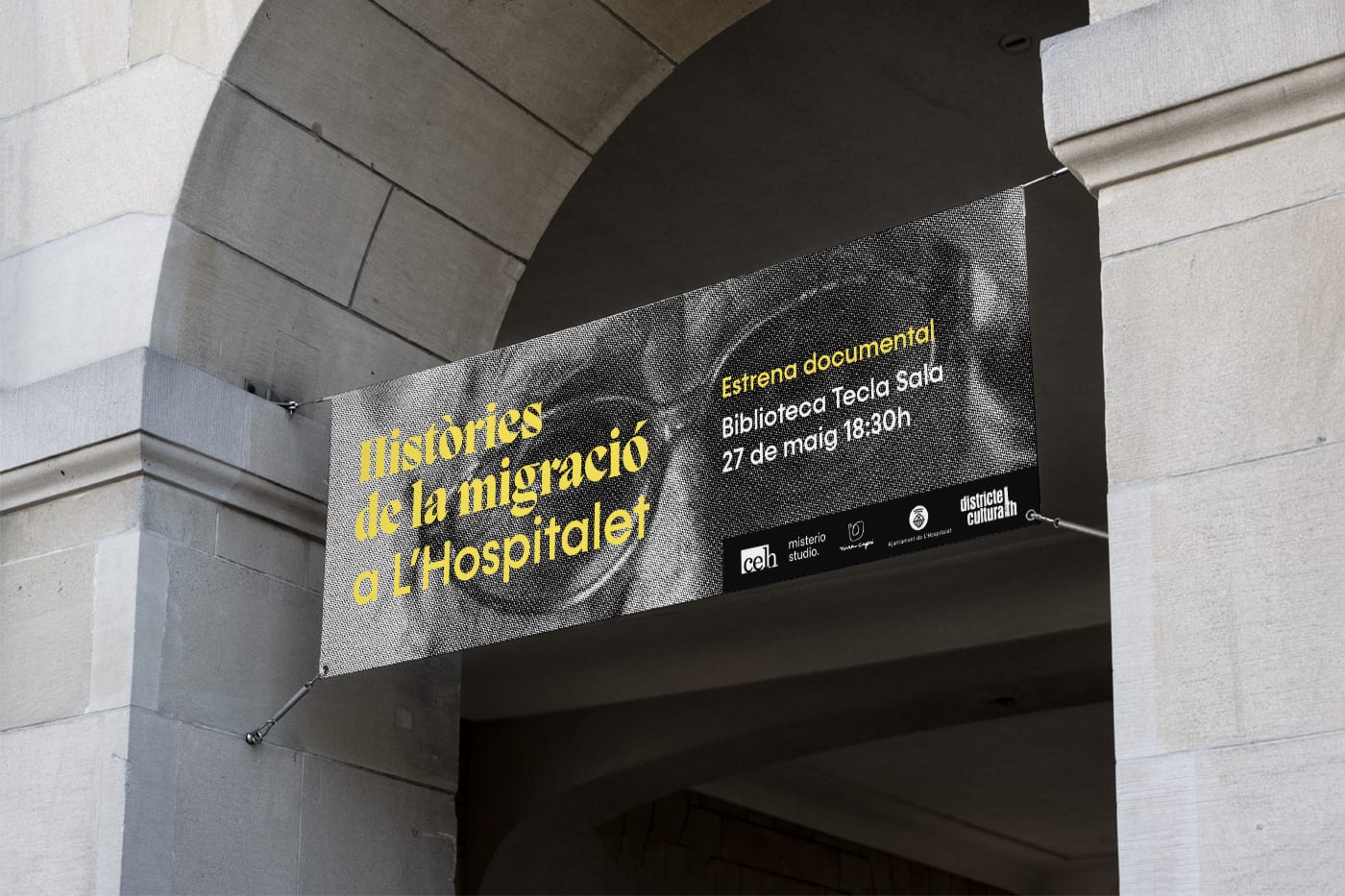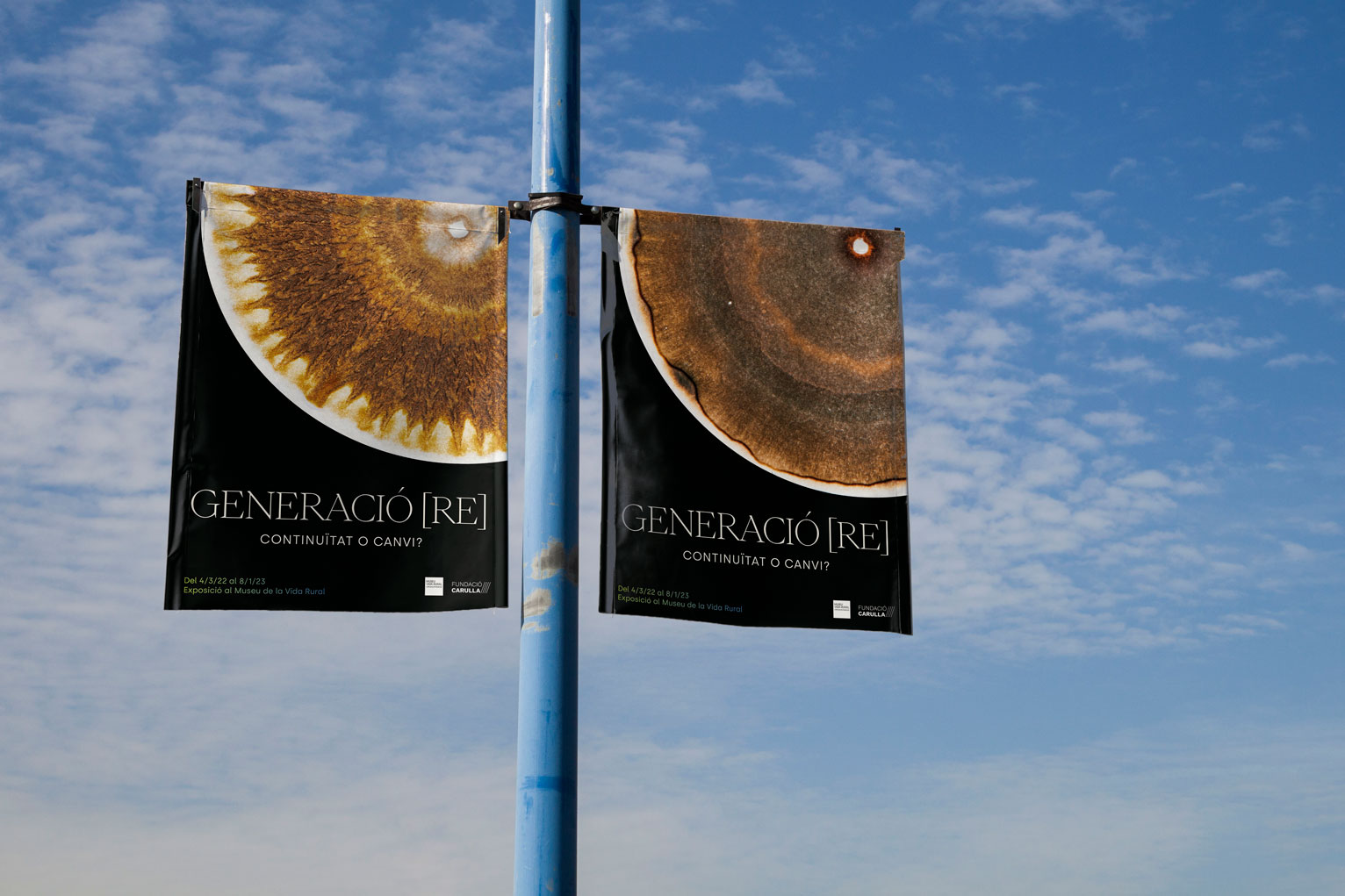Advertising design and graphic communication
Graphic communication integrates design with marketing, aiming to convey a visual message with a specific intention.

We design your advertising campaign.
Drop us a message to ignite your project.
Visual codes in graphic communication
Every project aspires to disseminate its activity in a direct and swift manner to be properly understood by an audience.
This is the primary goal of advertising design. To achieve this objective, a creative campaign creation process is necessary, involving various activities such as market or sector research, semiotics, sociocultural context, prototyping, intention, recipient and language study, among others. All of them play a role within the overall strategy of the advertising action and the action plan to be executed.
Focusing on design, it’s essential to consider the brand’s corporate identity, strategy and branding of the message sender. For example, the promotion of an art gallery event will not be designed the same way as that of a sports club. In each case, the codes will be different due to differences in tone, audience and the graphic image of each institution.

Advertising mediums and formats
There are various mediums and formats that can be utilised in graphic communication and advertising:
- Banners
- Brochures, leaflets and flyers
- Posters and billboards
- Billboards, marquees, buses, totems, etc.
- Physical displays at points of sale
- Videos inside train cars or tunnels
Advertising design, link between audience and sender
We must always consider that each typography, photograph or illustration carries implicit values. Therefore, design decisions are crucial for the promotion to function as desired and convey the correct message to the right audience.
Advertising design and, in general, graphic communication, act as the link between consumers and brands. If used correctly, they can generate empathy, connection, desire and even conversation with our audience.
Graphic communication for museums
In the museum field, there is often a need to continuously launch campaigns. Special activities, open days, temporary exhibitions, educational programmes or biennials are some of the reasons that may necessitate effective graphic communication.
This can happen on multiple small-format media, but large formats such as banners, flyers or signage can more easily reach a passerby or occasional visitor to the city or museum. For example, ads on public transport or banners on city streets allow for a broad audience reach, sometimes being partially subsidised by the local government.
Of course, we cannot overlook the potential of a graphic campaign in the museum space itself, which can be utilised from the facade to various spaces such as a garden, perimeter wall, hall, ticket area, among others.



Clients



























